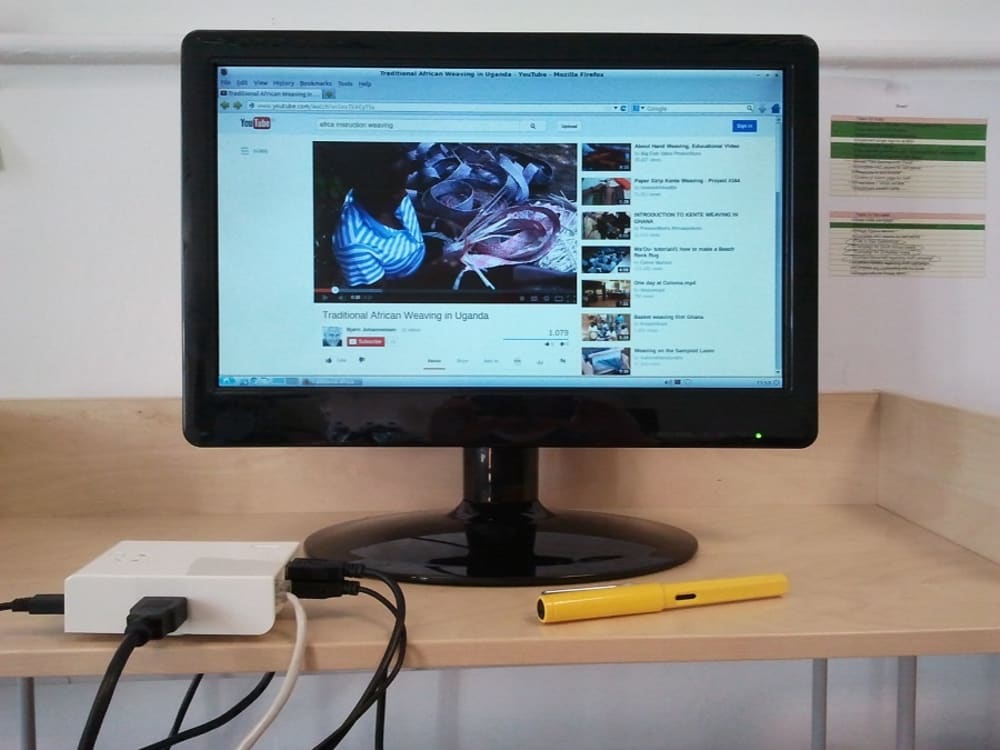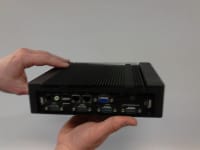Building a low-energy, affordable computer network suitable for schools can be a challenge. It has to be reliable, affordable, consume very little energy and yet somehow, it has to be still fit for purpose.
A computer lab for a school environment must allow the user access to basic office type applications, such as spreadsheets, word processors and presentation applications.
Our computer platform supports further education and vocational training. The system is robust and maintenance free so that it can be deployed in remote areas, or in areas where there is no access to maintenance staff. It is also fed from 12V DC so that it can be fed from a car battery or solar panel.
While older, recycled computers are capable of delivering the much needed functionality, they consume a lot of electric power. This may be an issue in areas where there is limited access to electric power, or where stability / reliability is lacking. There are around 800 million people in Sub-Saharan Africa, and approximately 85% of them do not have access to electricity. This limits the opportunities for computers, and hence to further education.
The electric power consumed by a desktop computer can vary from 60 Watts to 80 Watts. Older monitors can consume between 60 Watts and 100 Watts, giving a minimum total of 120Watts.
For a lab with 50 computers, this would be a total requirement of 6 kWatts. Mandac's computer lab uses low cost devices or "seats" in conjunction with a central server in order to deliver all of the capability that users require. The devices support all office-type applications, as well as educational streaming videos, such as YouTube.
The devices are small, robust and very low-cost. All maintenance is carried out remotely, so there is no requirement for expensive IT support people onsite.
Importantly, this approach is completely scalable. Additional devices can be added quickly and easily and installation requires no special training.
A full "seat" costs around $140 and is ready for service as soon as it boots up – no setup required.
This is made possible because the devices work together with our low-energy server, which is small and quiet. These servers will easily support up to 50 users, each of which can run streaming video.
Each seat, including the monitor, consumes less than 21 Watts. The central server consumes around 20 Watts.
For the same lab with 50 seats, this means that the average power consumed per seat is approximately 21.4 Watts, or less than one fifth of the power requirement of standard desktop PCs.
The service also supports metered session time so that students can be given an allowance of a set number of hours per month. This is very attractive for schools where it is important that all students get access to computer training.
The platform supports students as well as local residents, so it can be used after hours to offer extra-curricular activities such as skills training for adults in the locality.
Like this entry?
-
About the Entrant
- Name:John Murphy
- Type of entry:teamTeam members:John Murphy,
Ken Gibson,
Enda Sexton,
Dr. Fredrick Mtenzi,
Ciaran O'Leary - Software used for this entry:UML
- Patent status:pending





